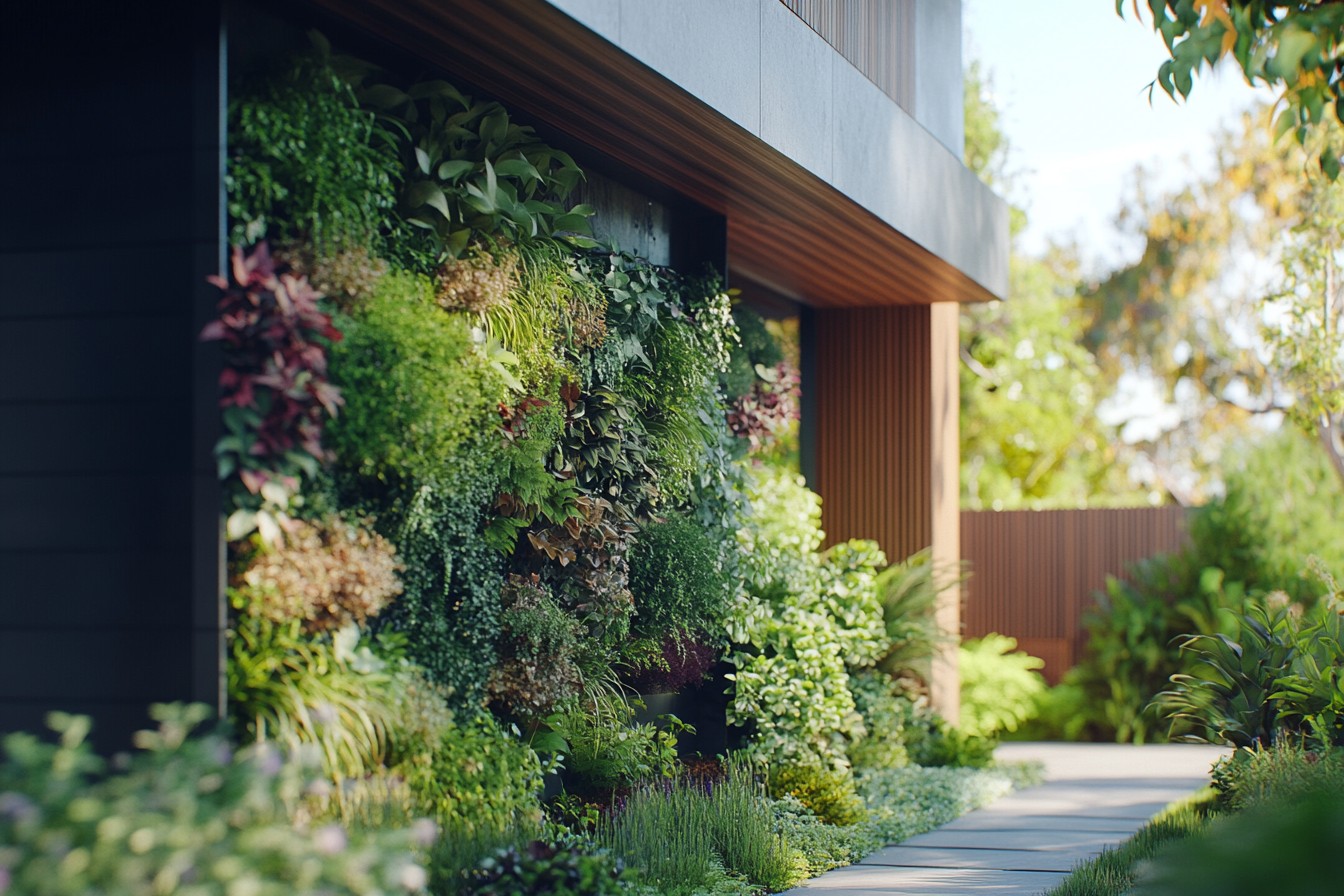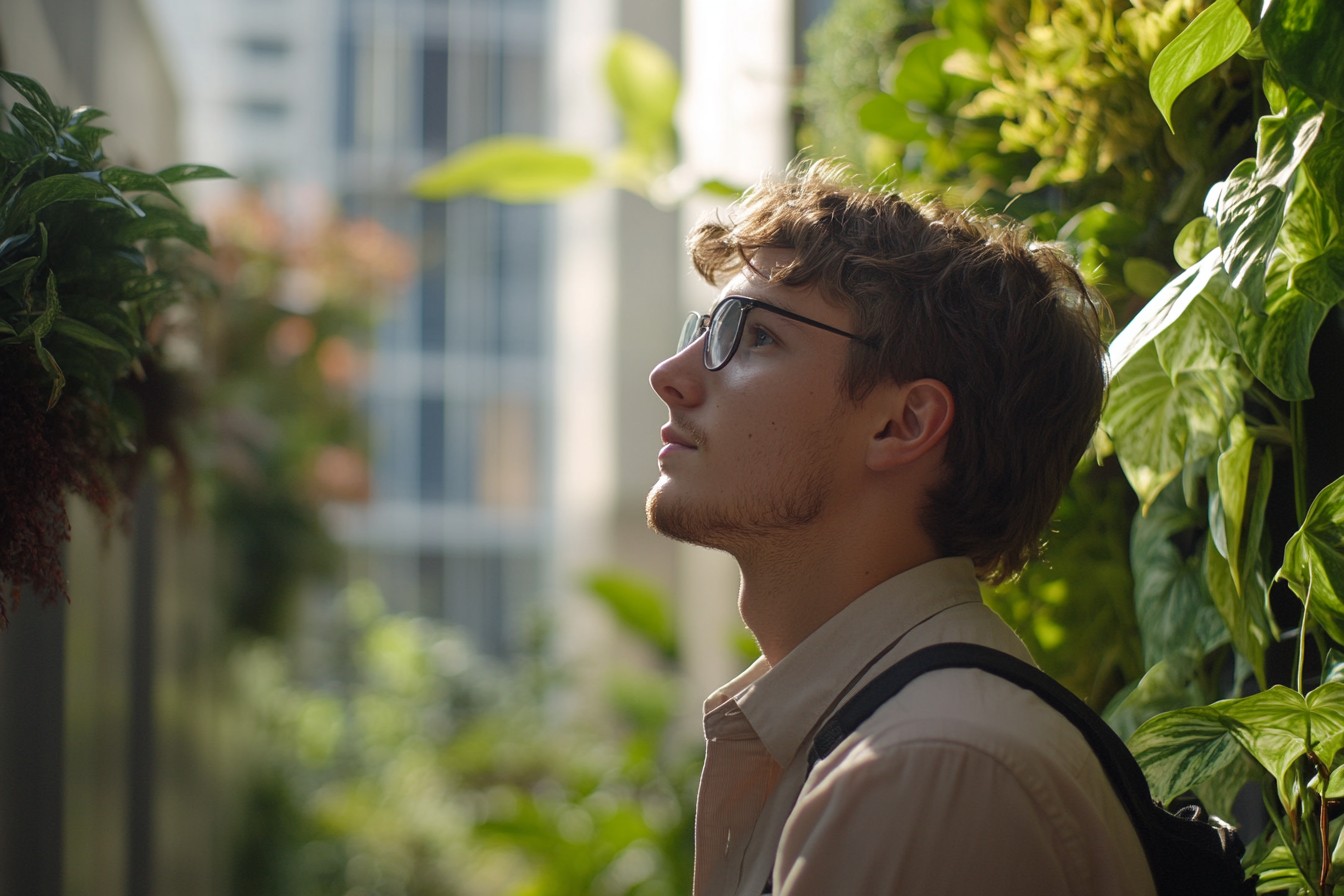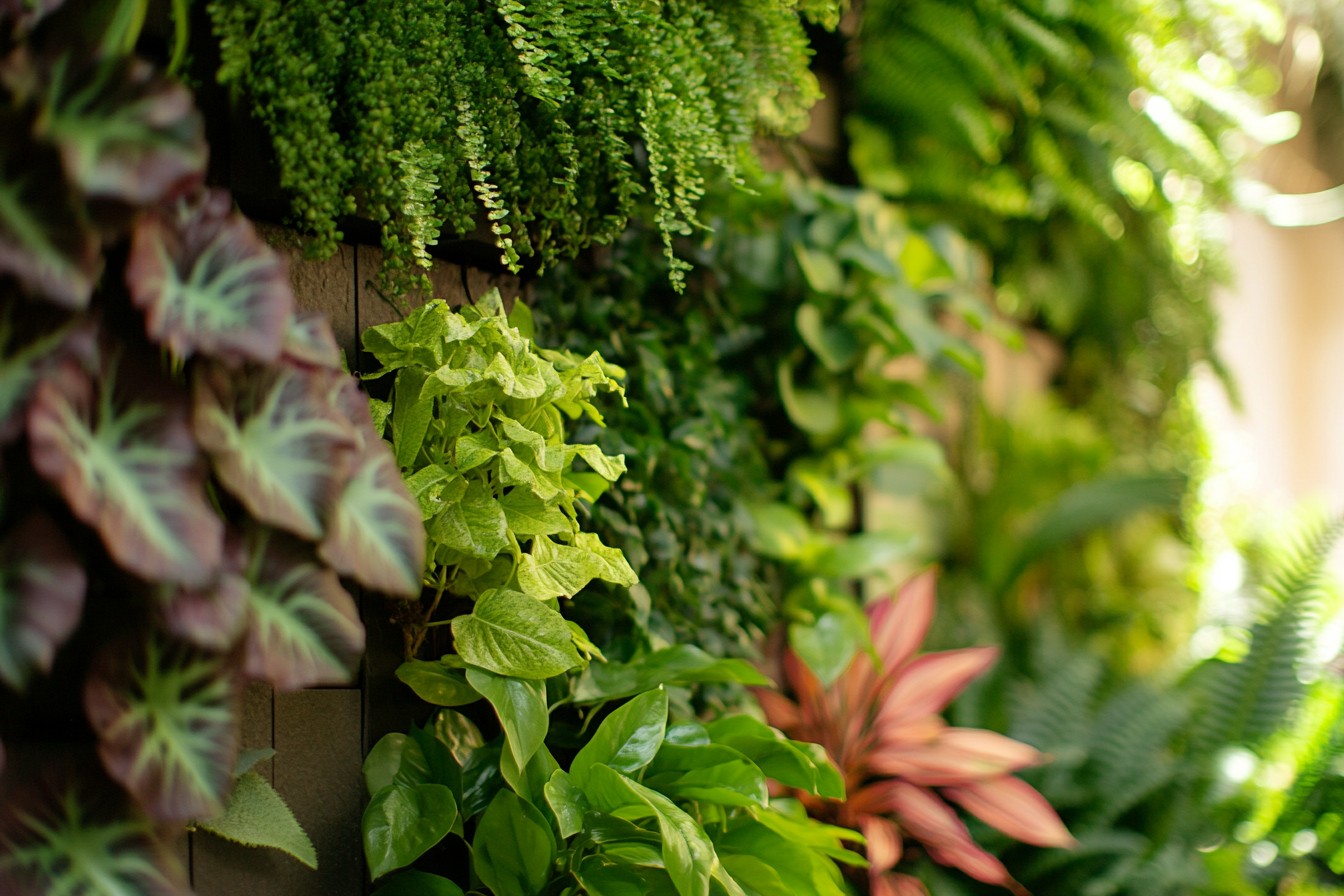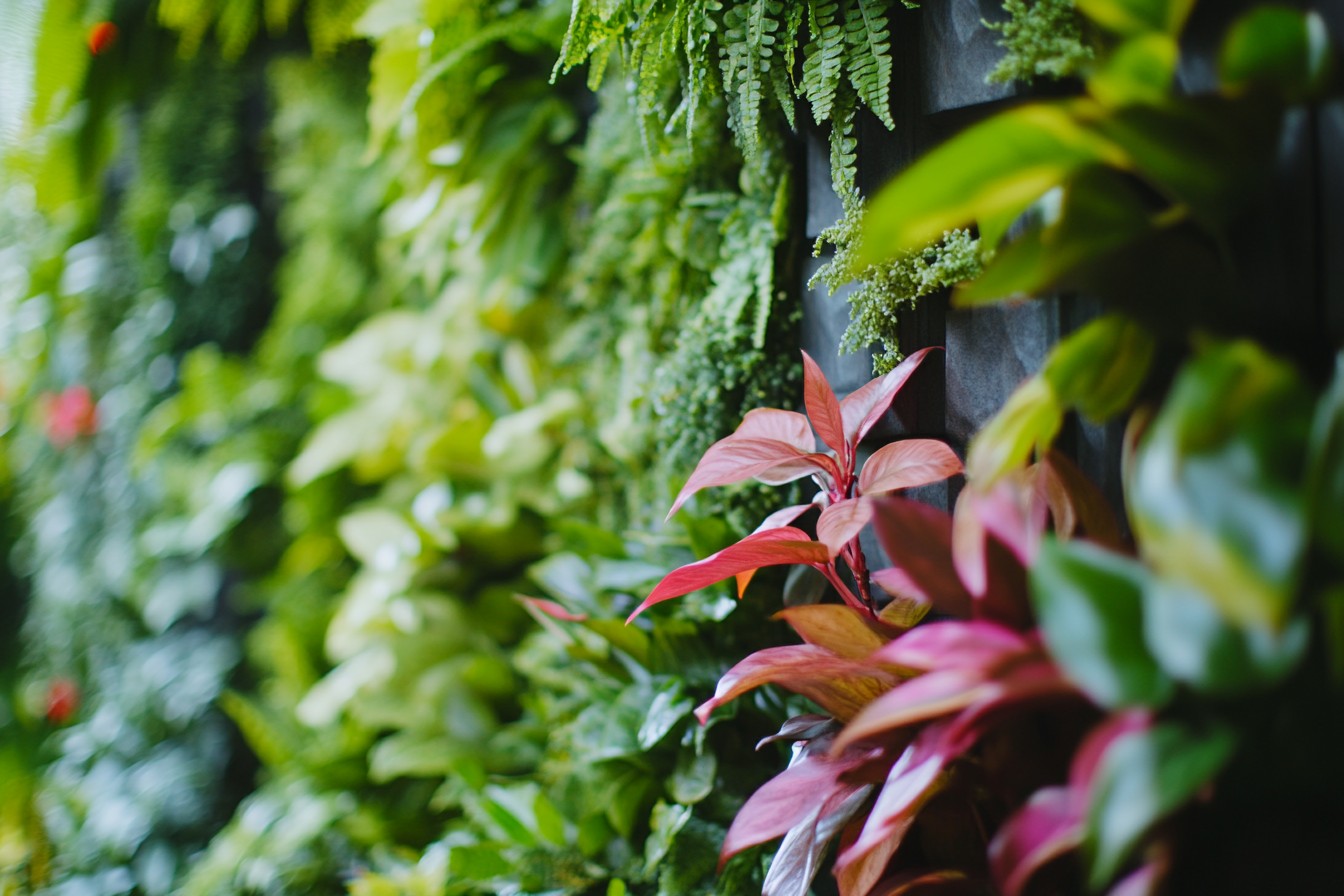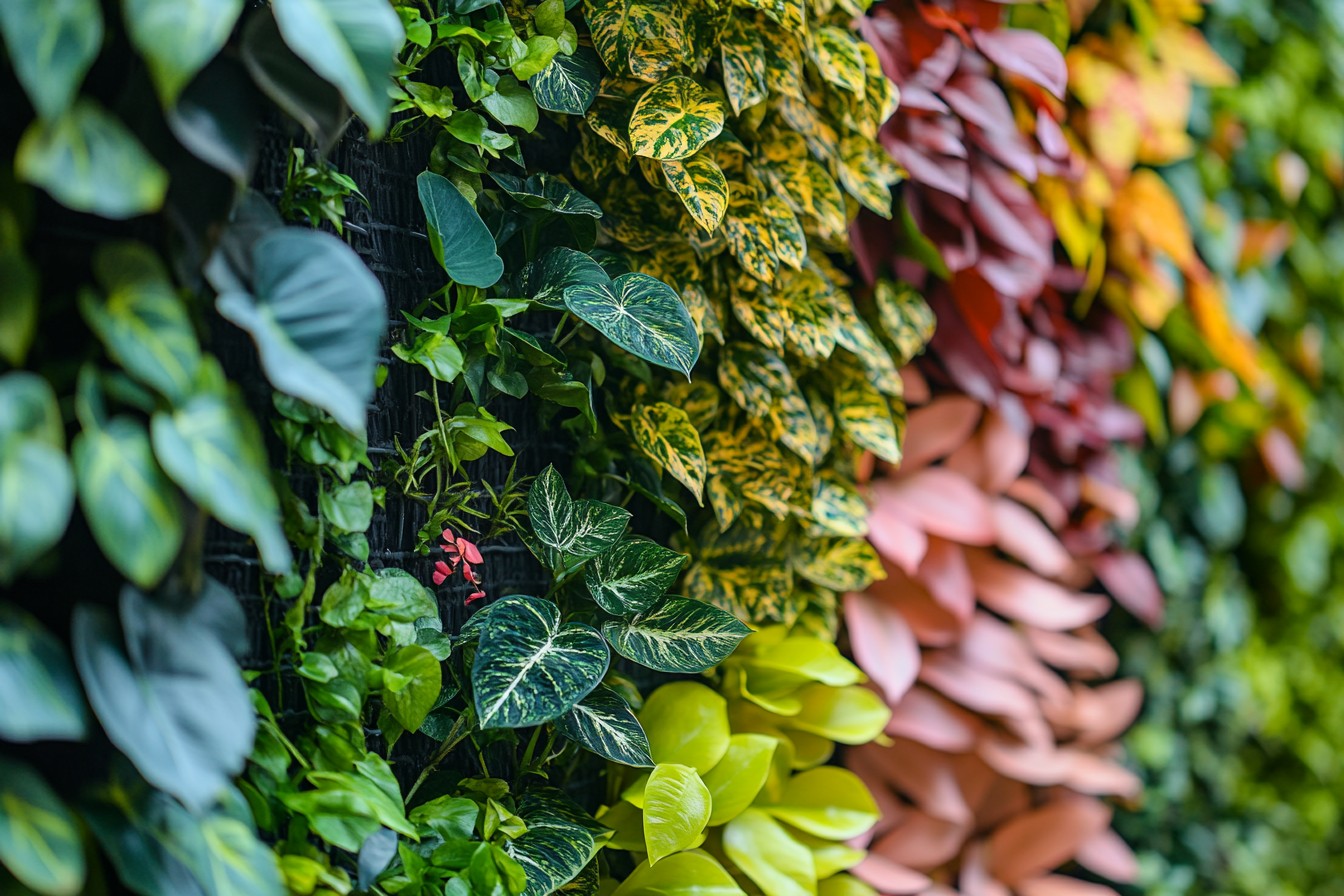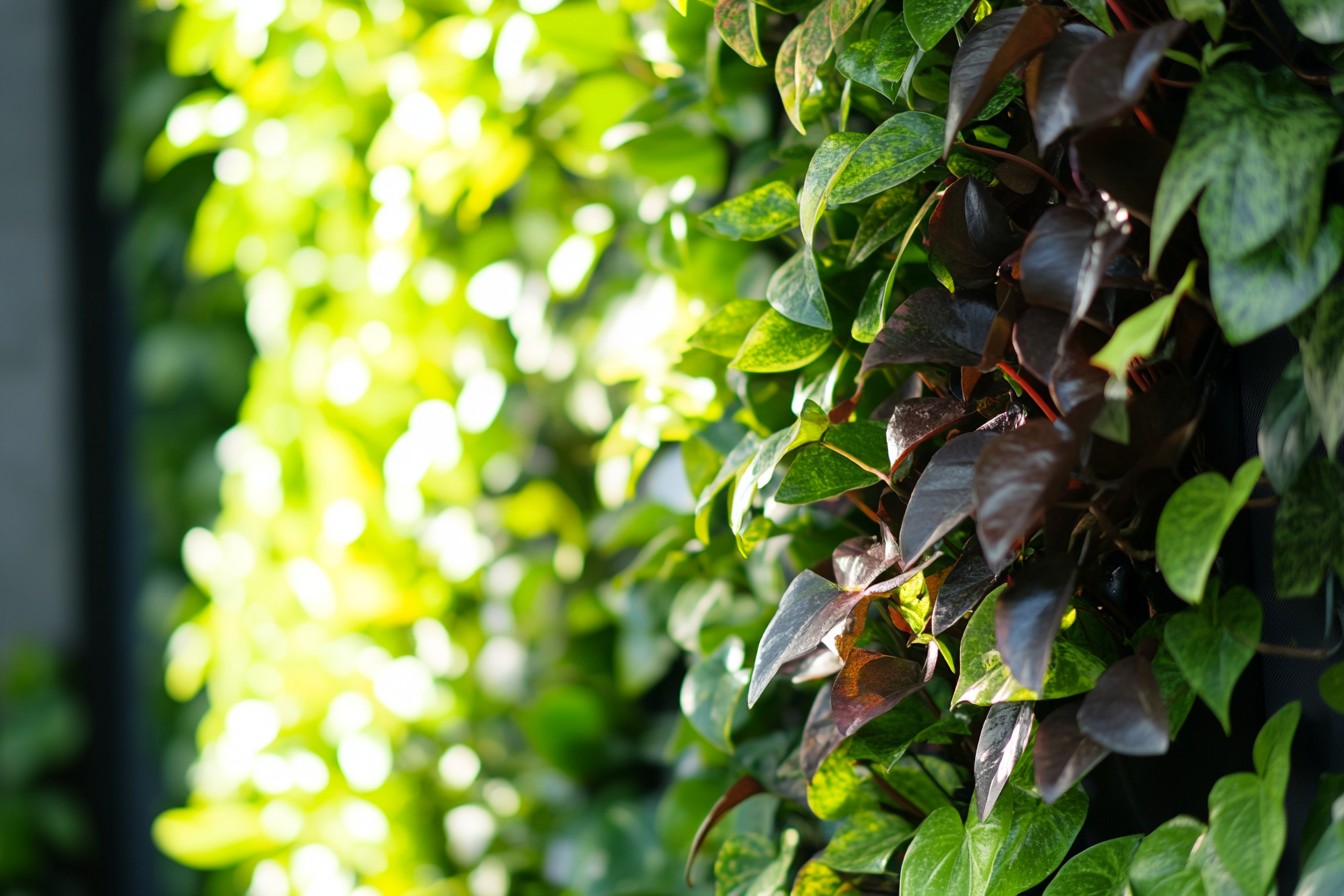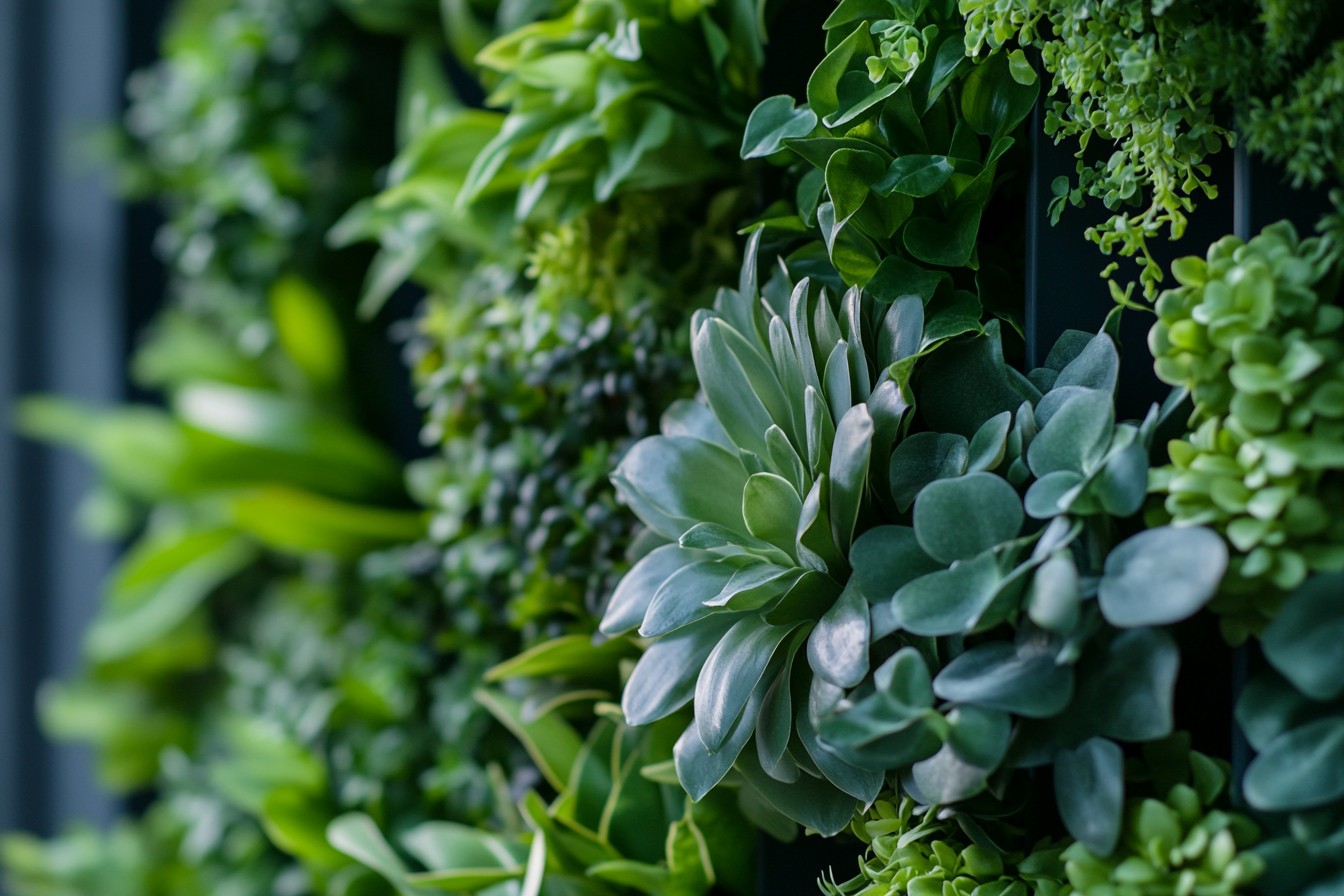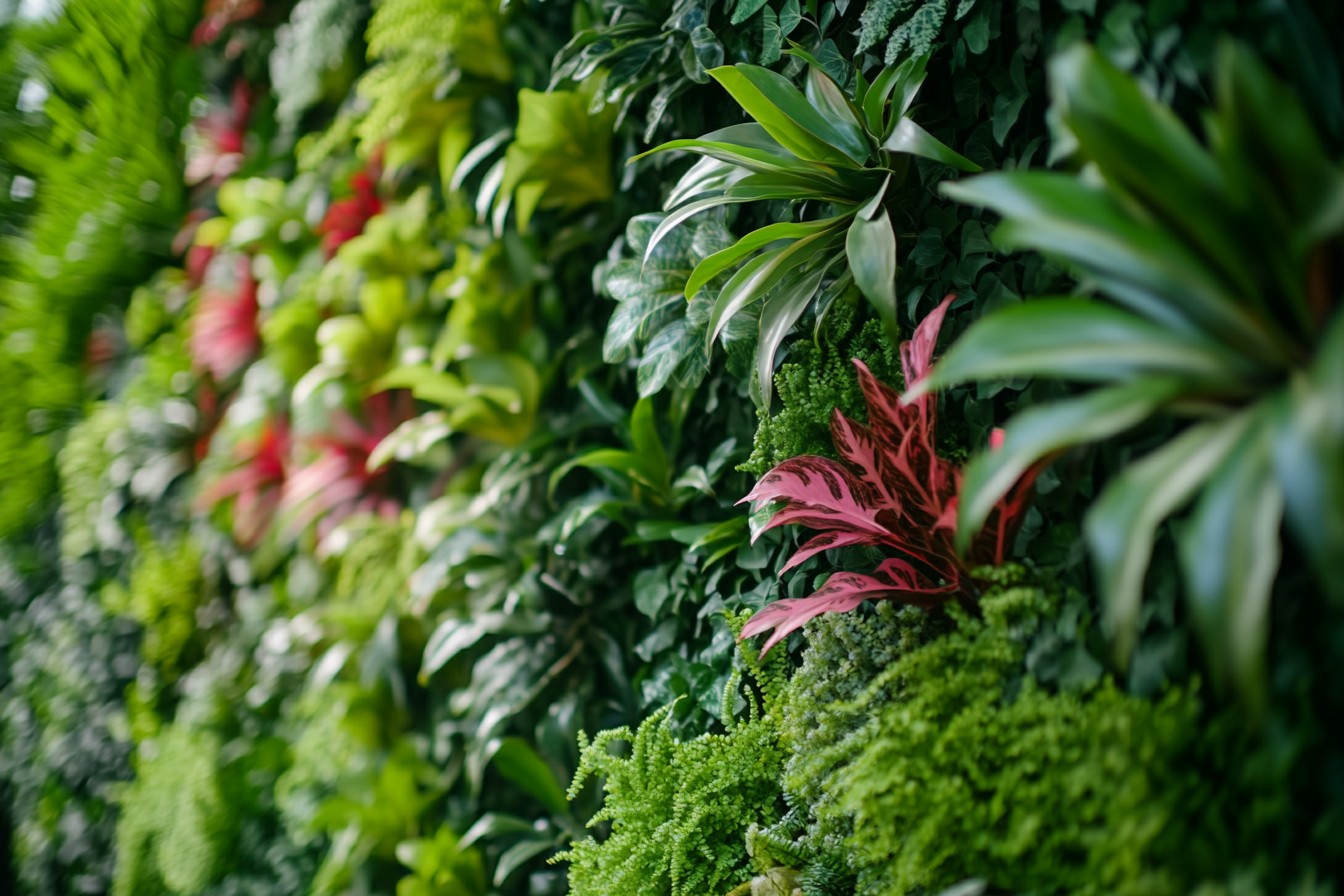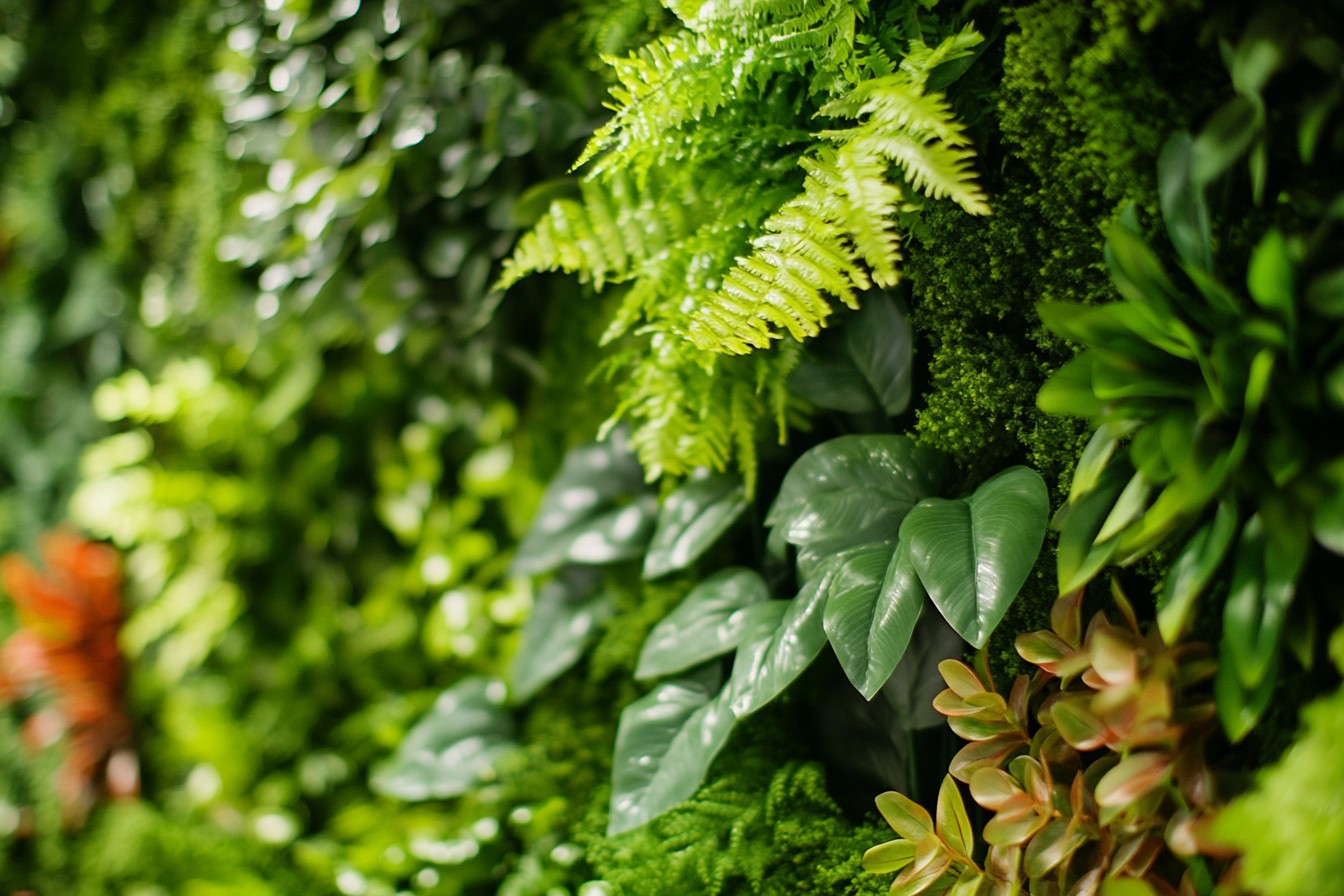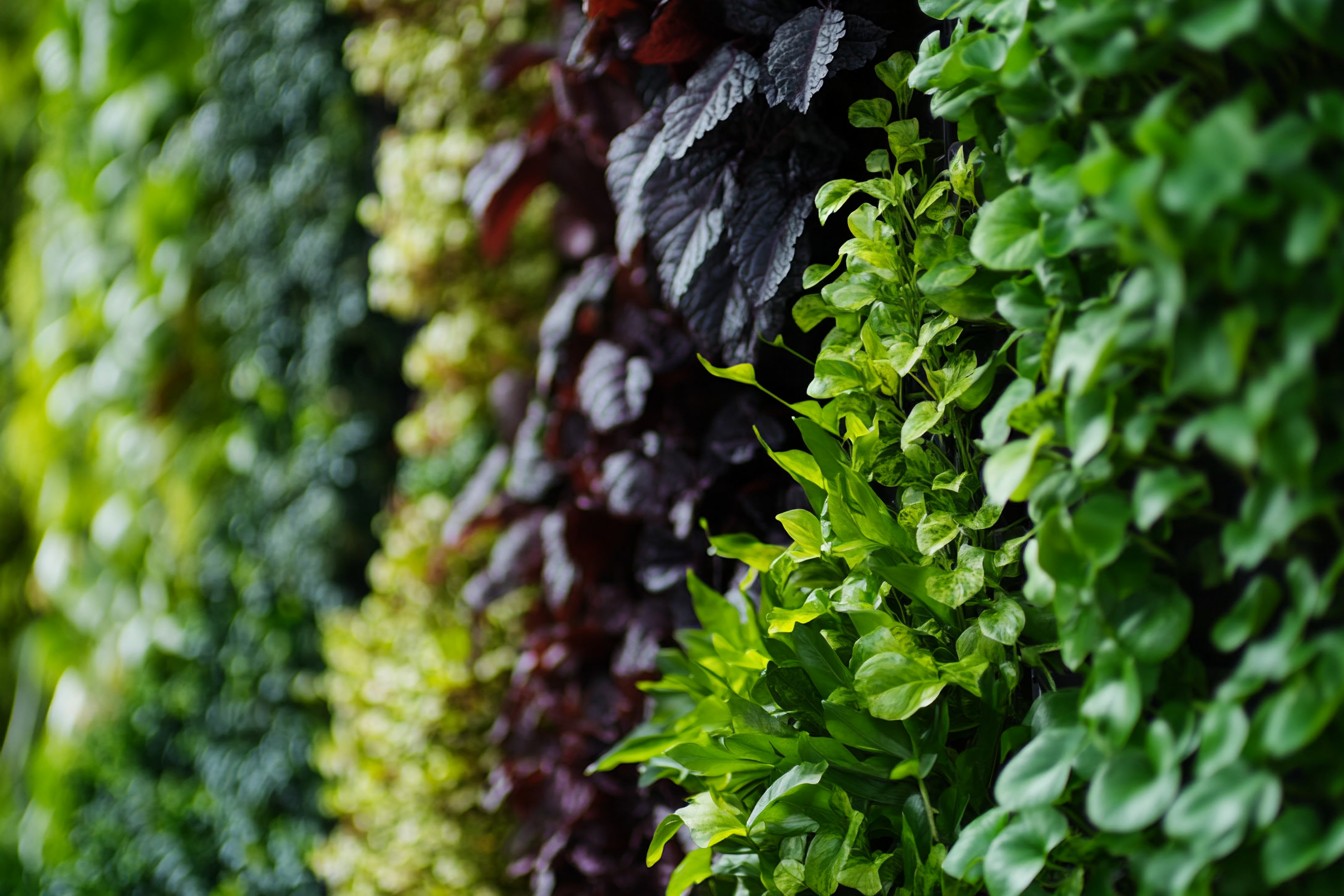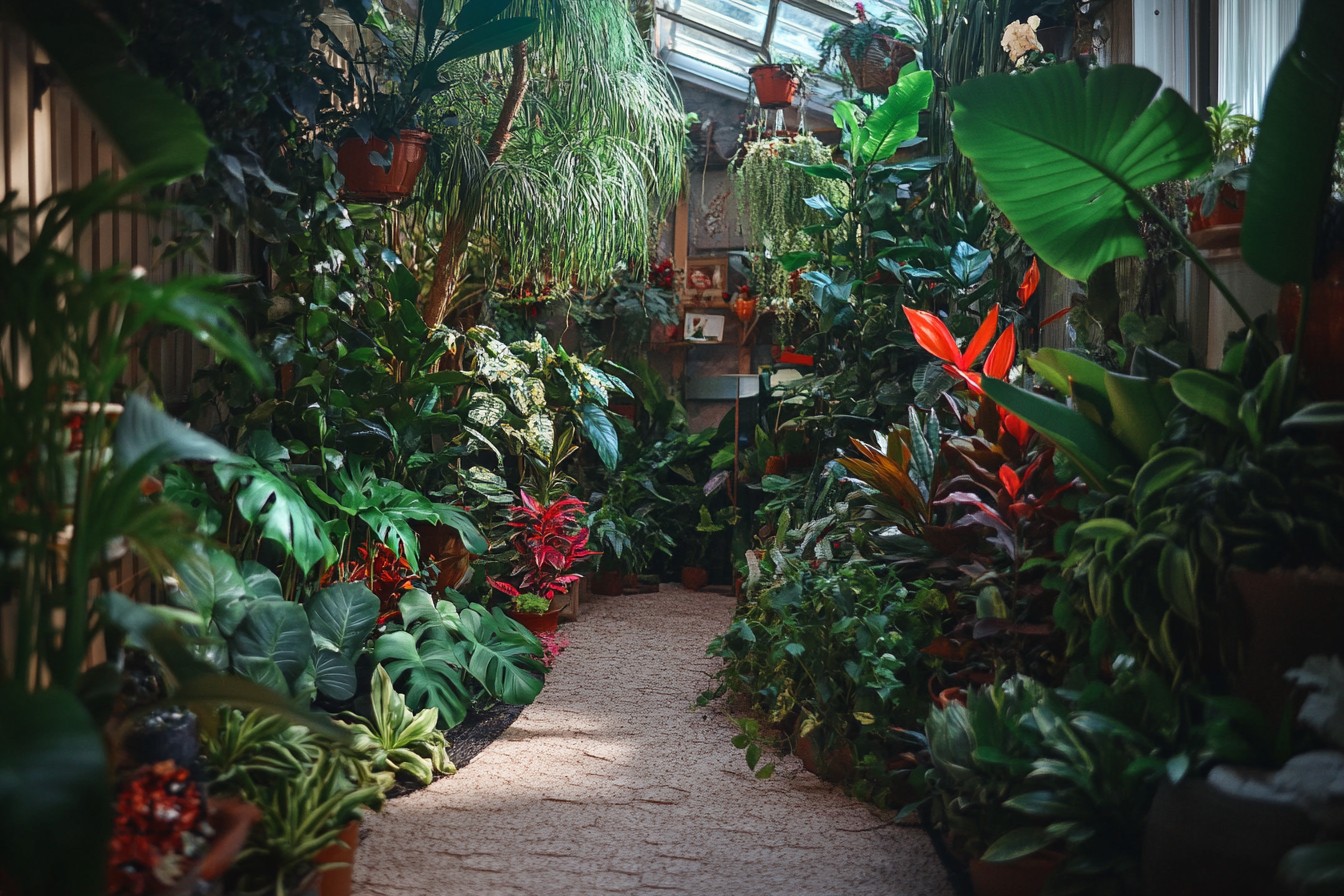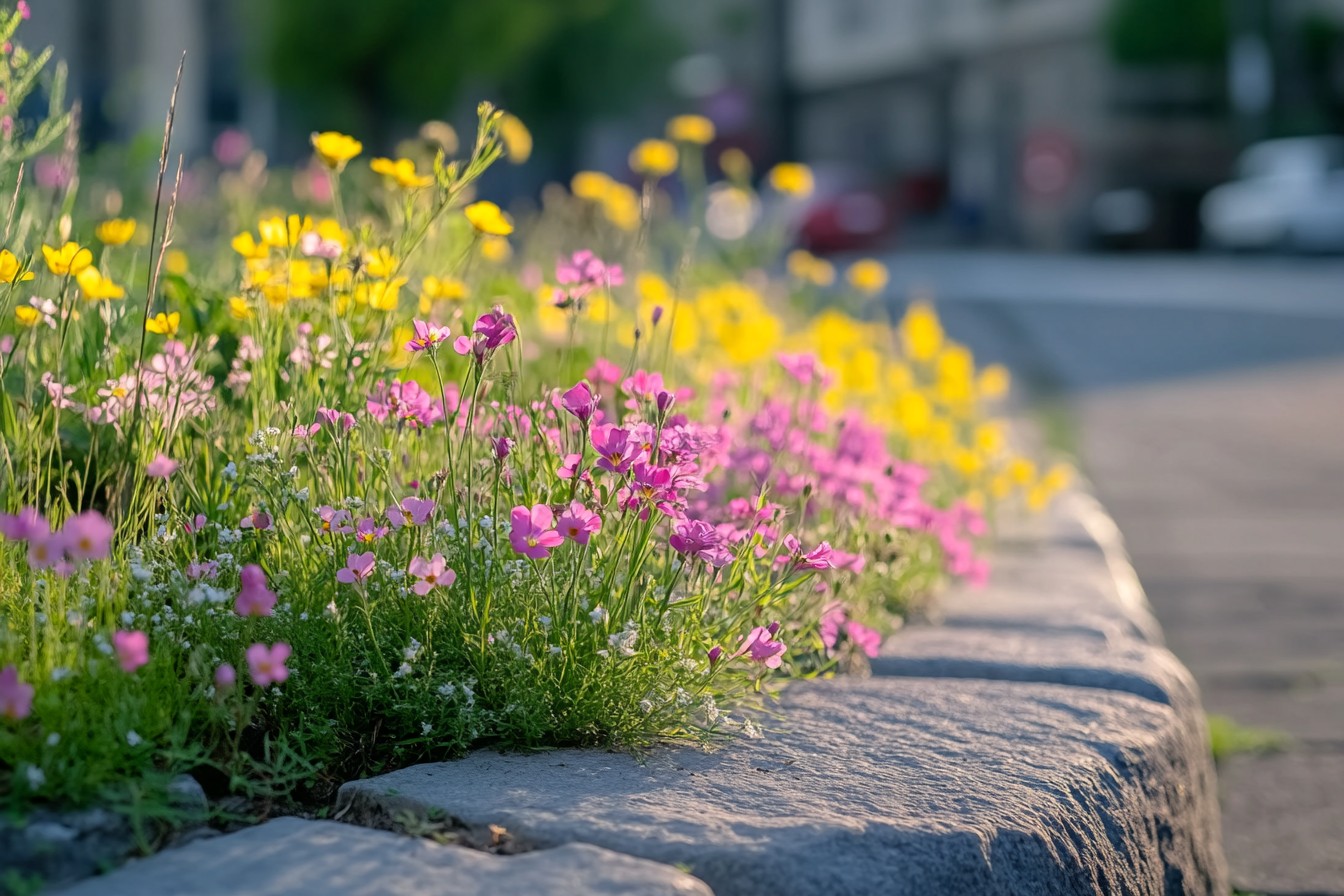The moment I realized I had a serious shade problem in my garden came during a particularly depressing plant autopsy. It was my fifth failed tomato attempt on the north side of my apartment building, and I was struggling to accept that no amount of pep talks, premium fertilizer, or increasingly desperate bargaining with the plant gods was going to make that spot sunny enough for tomatoes. The plants had grown, sure—stretched and leggy like teenage basketball players, reaching desperately for even a hint of direct sunlight that never came.
The few fruits they managed to produce were pale, bland, and took so long to ripen that I aged visibly waiting for them. “Maybe it’s time to admit defeat,” my friend Miguel suggested, watching me glare at the sad tomato remains. “Not every spot is meant for vegetables.” Easy for him to say with his south-facing yard that got so much sun his plants practically needed sunscreen.
I’d been stubbornly fighting the physics of sunlight trajectories for months, like some sort of horticultural Don Quixote tilting at the windmill of basic astronomy. Here’s the thing about gardening that took me embarrassingly long to accept: you can’t argue with shade. You can amend soil, you can adjust water, you can even create microclimates to manage temperature, but short of cutting down your neighbor’s 60-foot oak tree in the middle of the night (not recommended, legally or karmically), you can’t manufacture sunlight where it doesn’t naturally fall.
My apartment had exactly 108 square feet of outdoor space—a narrow balcony and the small strip along the building’s north side that I’d commandeered after bribing the building manager with homegrown herbs. About 94 of those square feet were in partial to full shade, getting less than 4 hours of direct sunlight even in peak summer. For someone determined to grow as much food as possible in an urban setting, this was a mathematical problem I couldn’t solve by traditional means.
So I went vertical. Not just regular vertical—like, aggressively, obsessively vertical, using every inch of wall space I could access without a climbing harness. If I couldn’t spread out, I was going to go up, dammit, and I was going to find plants that wouldn’t throw a tantrum about the lack of direct sunlight.
My first attempt was, predictably, a disaster. I bought one of those pocket shoe organizers everyone on Pinterest was turning into vertical gardens. Thirty-six little pockets, each theoretically big enough for a small plant.
I filled it with potting soil, poked drainage holes in each pocket (making an absolute mess of my bathroom floor in the process), and planted various herbs and greens. Within three days, the weight of the wet soil had stretched the fabric so badly that the bottom row of pockets emptied themselves onto my downstairs neighbor’s BBQ during his birthday party. Ron still gives me the stink eye in the laundry room, five years later.
After apologizing to Ron with a bottle of whiskey and helping to clean encrusted potting soil off his collection of novelty BBQ aprons, I went back to the drawing board. The key problem with most vertical garden setups, I discovered, wasn’t just the shade tolerance—it was finding the sweet spot between having enough soil for root growth and not creating something so heavy it would pull the wall down. Oh, and drainage.
Always drainage. Water always wants to go down, which in vertical gardening means “directly onto whatever is below it, usually something expensive or electrical.”
My breakthrough came from an unlikely source: gutters. Not actual rain gutters, though I did briefly consider stealing some from the abandoned hardware store on Milwaukee Avenue.
I found these plastic gutter-like troughs designed specifically for planting that could be mounted to a wall. They had built-in drainage that could be directed and weren’t so deep that they’d become unbearably heavy when wet. I mounted five rows of these on the north-facing wall, each about 20 inches long, creating a relatively lightweight system that wouldn’t bring down the building.
The next challenge was finding plants that would actually thrive rather than merely survive in these conditions. This led to a research rabbit hole so deep I emerged two weeks later with eyestrain and a concerning amount of knowledge about the specific light requirements of obscure Asian greens. The candidates for shade-tolerant vertical gardening fell into a few categories:
Leafy greens were the obvious winners.
Lettuces, especially the loose-leaf varieties, did surprisingly well with just a few hours of indirect light. Spinach practically threw a party in the shade—turns out it bolts and gets bitter in too much sun anyway. Arugula, mustard greens, mizuna, tatsoi—all thrived.
My most successful crop was a Japanese variety of mizuna that produced so prolifically I started leaving anonymous bags of greens on my neighbors’ doorknobs because I couldn’t eat it fast enough. Herbs were hit-or-miss. Mint, chives, cilantro, and parsley loved the shadier conditions.
Basil pouted and became leggy. Thyme survived but wasn’t particularly happy about it, producing noticeably less intense flavor than sun-grown versions. The surprise winner was lemon balm, which grew so enthusiastically I began to suspect it was actually trying to take over the building via the gutter system.
Root vegetables were mostly a bust in my shallow containers, but I had unexpected success with small round radishes and baby turnips. The key was harvesting them young before they needed more soil depth than my containers could provide. They weren’t winning any county fair ribbons for size, but what they lacked in dimension they made up for in quantity.
Ferns and ornamentals obviously did well—maidenhair ferns, Japanese painted ferns, heucheras with their amazingly colorful foliage, and the various begonias all thrived in the shady conditions and added visual interest between the edibles. Since I’m constitutionally incapable of growing anything purely ornamental without feeling guilty about the wasted food-growing space, I made sure to include some edible ornamentals like nasturtiums (whose leaves and flowers add a peppery kick to salads) and violas (completely edible and make you feel fancy when sprinkled on literally any food). The technical challenges of the system were considerable, and I failed my way to solutions for each one:
Water management was the biggest hurdle.
Bottom row plants would get drenched as water trickled down from above, while top row plants dried out quickly. I solved this by installing a simple drip irrigation line along the top with pressure-compensating emitters for each row. This delivered consistent water directly to each plant without creating the indoor waterfall effect that had characterized my earlier attempts.
A basic timer meant I could water at 5 AM without, you know, actually having to be awake at 5 AM. Soil was another puzzle. Regular potting mix would compact and either wash away or become hydrophobic after repeated waterings.
I created a custom mix with extra perlite, coconut coir, and worm castings that held moisture without becoming waterlogged. The worm castings provided slow-release nutrients, which was crucial since fertilizing vertical gardens can be tricky—liquid fertilizers often run right through before being absorbed. The aesthetic was…
challenging. Let’s be honest, most vertical gardens look like someone glued a bunch of plants to a wall and called it a day. I wanted something that wouldn’t make my neighbors start a petition to have me evicted on grounds of horticultural eyesores.
The solution came in the form of plant selection and arrangement. By treating the vertical garden as a living tapestry—considering leaf shapes, textures, and colors—I created a design that was actually pretty striking. The burgundy leaves of certain lettuce varieties contrasted with the bright green of chives; the ferny texture of carrots tops (grown just for the foliage since the roots never developed properly) played against broader mint leaves.
I won’t pretend it was perfect. Certain spots still dried out too quickly. A few plants reached awkward angles seeking light.
And I learned the hard way that chives in bloom, while visually stunning with their purple pom-pom flowers, attracted every bee within a three-block radius directly at face level—not ideal for someone who likes to drink morning coffee in close proximity to their garden. But the system worked. Really worked.
From those five initial gutter rows, I harvested approximately 27 salads, countless herb bundles, and enough leafy greens to make my daily smoothies consistently alarming shades of green. When I calculated the square footage in actual use—about 7 square feet of wall space—the yield was impressive enough that I expanded the system the following spring. Version 2.0 wrapped around the corner of the building, adding another 15 feet of growing space on a slightly sunnier east-facing wall.
This allowed me to experiment with plants that needed a bit more light—strawberries (small but intensely flavored), bush beans (surprisingly productive when planted densely), and even small-fruited pepper varieties like ‘Pretty N Sweet’ that are naturally compact and can handle partial shade. The most valuable lesson from my vertical shade garden wasn’t about specific plants or techniques, though. It was about working with conditions rather than against them.
I’d spent months trying to force sun-loving plants to thrive in shade, resulting in frustration and failure. When I finally embraced the shade and selected appropriate plants, suddenly I wasn’t fighting nature—I was collaborating with it. My vertical garden is now in its fourth year, having survived Chicago winters, summer heat waves, and one memorable incident involving a squirrel I’m convinced had personal vendetta against me.
It produces year-round, with cold-hardy greens often surviving well into November under a simple plastic cover. The maintenance is minimal once established—about 15 minutes every other day during peak growing season, mostly spent harvesting and occasionally checking for pests. For apartment dwellers or anyone dealing with shaded spaces, vertical gardening isn’t just a compromise—it can actually be more productive and practical than traditional gardening in many ways.
Harvesting doesn’t involve bending over (a serious consideration as I approach middle age and my back files complaints about gardening activities). Pest pressure is significantly reduced at height. And there’s something deeply satisfying about turning previously unused wall space into productive growing area.
My advice for shade-challenged gardeners considering going vertical: start small, embrace leafy greens, invest in proper mounting hardware (this is not the place to get cheap), and for the love of all things holy, make absolutely certain your drainage plan doesn’t involve your downstairs neighbor’s patio. Trust me on that last one—no amount of homegrown lettuce makes up for ruining someone’s birthday BBQ. Just ask Ron.
